Search Results
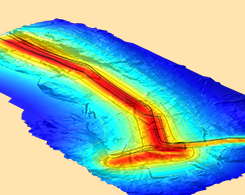
Investigating Magnetic Field Exposure Near Transmission Lines
Electromagnetics simulation can be used to predict and investigate magnetic field exposure around power transmission lines and other electrical infrastructure.

5 W’s for 200 Years of Electromagnetism
Fun fact: Hans Christian Ørsted originally studied pharmacology and philosophy before he went on to discover the connection between electricity and magnetism.
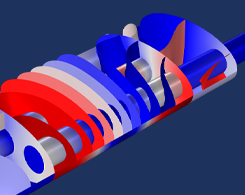
Generating Microsoft® PowerPoint® Slideshows from Your Models
Did you know that you can generate slideshow presentations of your model results in the Microsoft® PowerPoint® format as of COMSOL Multiphysics® version 5.6?
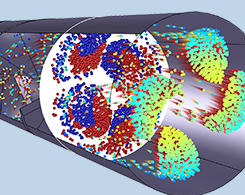
What Formulation Should I Use for Particle Tracing in Fluids?
The COMSOL® software gives you 4 equation formulation options when modeling particle tracing in fluids: Newtonian; Newtonian, first order; Newtonian, ignore inertial terms; and Massless.
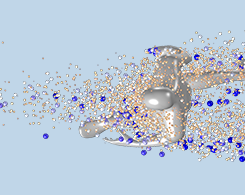
Modeling Droplet Flow in an Open Space with COMSOL Multiphysics®
If you are jogging six feet apart from someone else, should you both be wearing masks? Simulation was used to analyze the motion of particles between two runners in an open space to find answers.
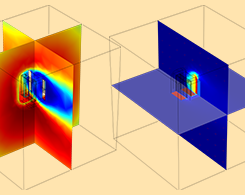
Designing Inductors with a Simulation App at Bombardier Transportation
Every day, 500 million passengers in 200 cities and 60 countries ride a train featuring Bombardier Transportation products. See how apps help speed up the design process for a train component…
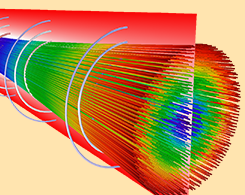
Modeling a Pierce Electron Gun in COMSOL Multiphysics®
Cathode ray tubes, electron microscopes, spectrometers, and particle accelerators: These devices and components commonly use Pierce electron guns.
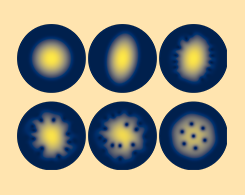
Model Vortex Lattice Formation in a Bose–Einstein Condensate
Bose–Einstein condensation can cause superfluidity, superconductivity, lasers, and trapped dilute cold atoms. When such systems are subjected to rotating perturbation, it forms a vortex lattice.
